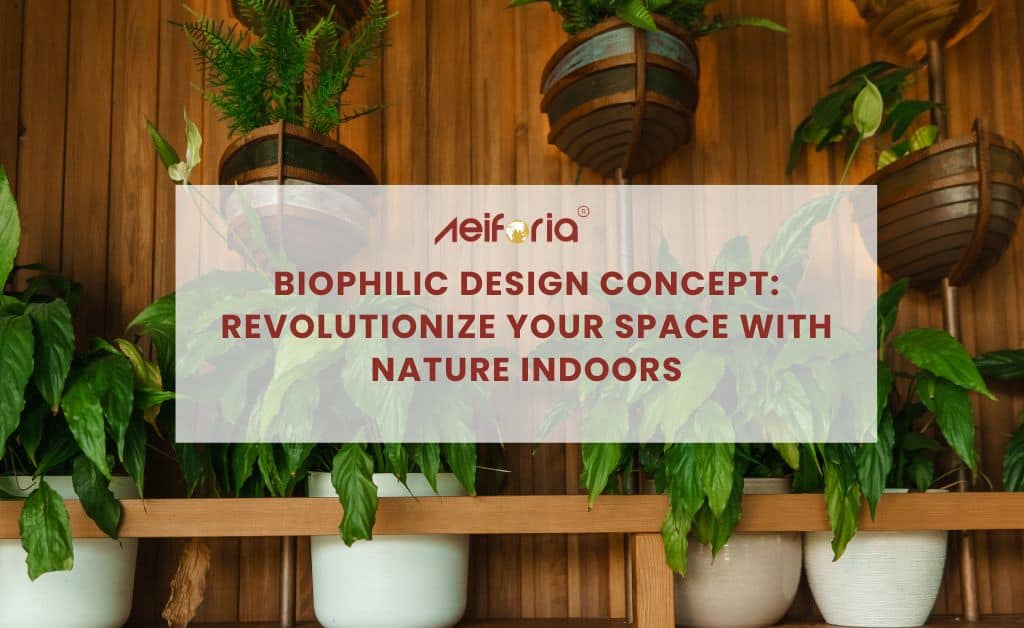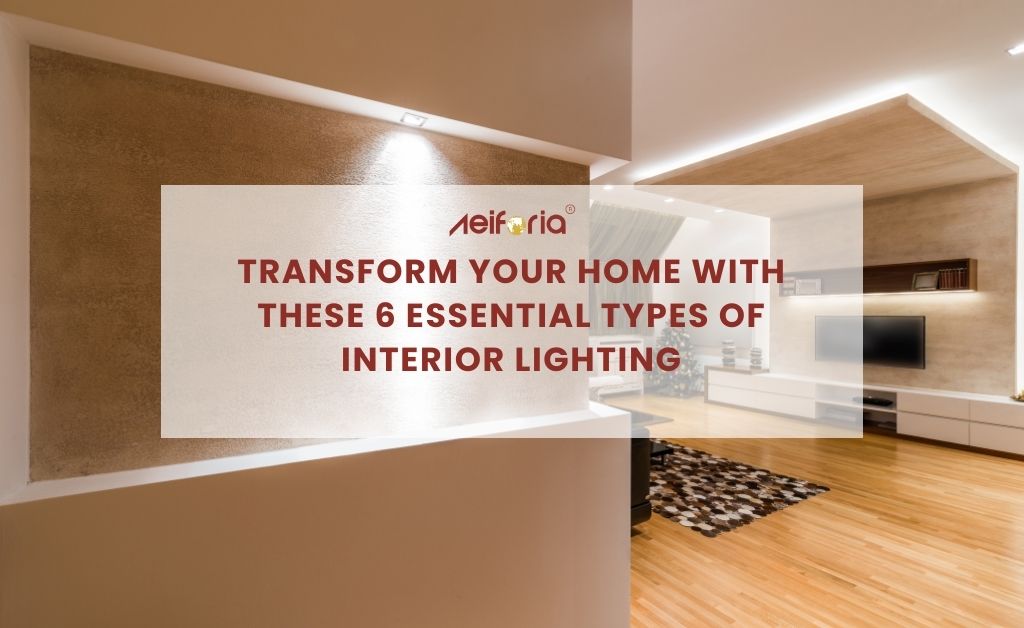
Biophilic Design Concept: Discover the Secret to Serene Spaces
In today's fast-paced world, it's easy to lose touch with nature and spend most of our time indoors, surrounded by artificial lights and technology. But what if there was a way to bridge this gap between the modern and natural worlds? Enter biophilic design – a concept that reconnects us with nature by integrating natural elements into our built environments.
What is Biophilic Design?
Biophilic design is more than just adding a few houseplants to your space. It's a holistic approach to design that incorporates natural materials, patterns, and elements to create environments that support our health and well-being.
The term "biophilia" was coined by biologist Edward O. Wilson. It describes the human tendency to seek connections with nature and other life forms.
Benefits of Biophilic Design
The benefits of biophilic design are numerous and far-reaching. Studies have shown that exposure to nature, even in the built environment, can positively impact physical and mental health. Here are some of the key benefits:
1. Stress Reduction: Natural elements such as plants, water features, and natural light have been shown to reduce stress and anxiety levels.
2. Improved Air Quality: Indoor plants add visual appeal to a space and help purify the air by removing toxins and increasing oxygen levels.
3. Increased Productivity: Adding natural elements to the office has been found to positively impact how much work people get done, how creative they are, and how much they enjoy their jobs.
4. Enhanced Well-being: Biophilic design has improved mood, cognitive function, and overall well-being.
Biophilic Design Principles
Several principles guide biophilic design, including:
1. Nature in the Space: This principle involves incorporating direct elements of nature into the built environment, such as plants, water features, and natural materials like wood and stone.
2. Natural Shapes and Forms: Using organic shapes and forms in design elements, such as curved lines and flowing patterns, mimics the shapes found in nature and creates a sense of harmony and balance.
3. Views of Nature: Providing views of nature, such as through windows or outdoor spaces, allows occupants to connect with the natural world even when indoors.
4. Natural Light: Maximizing natural light in space reduces the need for artificial lighting and enhances mood and well-being.
5. Biomorphic Forms and Patterns: Incorporating patterns and designs inspired by nature, such as leaf patterns or animal prints, can evoke a sense of connection to the natural world.
Implementing Biophilic Design in Your Space
Incorporating biophilic design principles into your home or workspace doesn't have to be complicated or expensive. Here are some simple ways to bring biophilia into your environment:
1. Add Houseplants: Start by adding a few indoor plants to your space. Choose low-maintenance varieties like succulents or snake plants if you're new to plant care.
2. Let in Natural Light: Ensure that natural light flows into your space by keeping windows unobstructed. Use sheer curtains or blinds for privacy that can be easily opened during the day.
3. Use Natural Materials: If you're looking to spruce up your living or workspace, consider using materials like wood, stone, or bamboo. These natural materials can give your space a cozy and sophisticated feel. Plus, they are eco-friendly and durable, which means they will last longer and won't harm the environment. So, if you want to create a cozy and sustainable living environment, natural materials are the way to go!
4. Create a Nature-Inspired Color Palette: For a calming and harmonious environment, consider using colors inspired by nature, such as earth tones, greens, and blues.
5. Incorporate Water Features: If space allows, consider adding a water feature such as a fountain or indoor pond to bring water's soothing sights and sounds into your space.
By embracing biophilic design principles, you can create beautiful environments that support your health and well-being. Whether you're designing a home, office, or public space, incorporating elements of nature can help create truly alive and thriving spaces.
FAQs (Frequently Asked Questions)
What is the difference between biophilic design and traditional design?
Biophilic design goes beyond aesthetics and functionality; it incorporates elements of nature to improve human well-being. Traditional design focuses primarily on creating visually appealing and functional spaces without necessarily considering the psychological and physiological effects of the environment on occupants.
Is biophilic design only suitable for specific spaces like offices or homes?
Biophilic design principles can be applied to various spaces, including residential, commercial, educational, and healthcare facilities. Any environment where people spend time can benefit from integrating elements of nature.
Do I need to completely remodel my space to incorporate biophilic design?
Not necessarily. Biophilic design can be implemented gradually and on various scales, from small additions like indoor plants and natural materials to more extensive renovations prioritizing maximizing natural light and incorporating views of nature.
Can biophilic design be applied in urban environments with limited access to nature?
Biophilic design is especially relevant in urban settings where access to natural elements may be limited. Strategies like vertical gardens, rooftop green spaces, and indoor plant walls can help bring nature into densely populated areas.
Are there any specific guidelines or certifications for biophilic design?
While there isn't a universal certification specifically for biophilic design, organizations like the International Living Future Institute offer certifications such as the Living Building Challenge, which includes criteria related to biophilic design principles. Various architectural and design associations also provide resources and guidelines for incorporating biophilic design into projects.
Also Read: What is Green Building Concept






